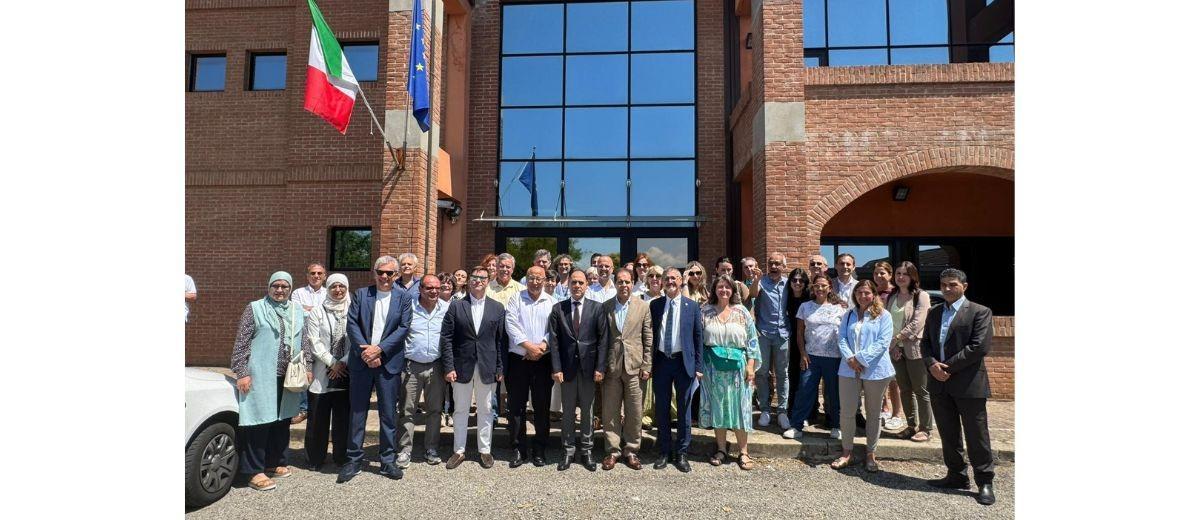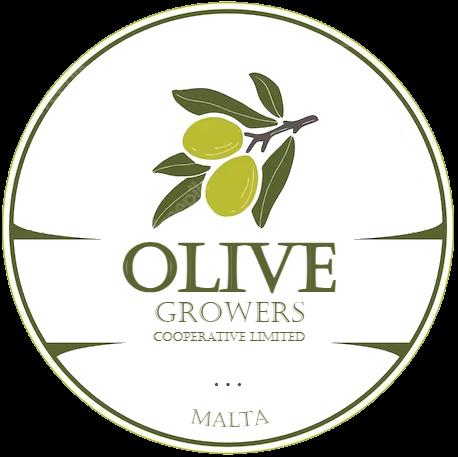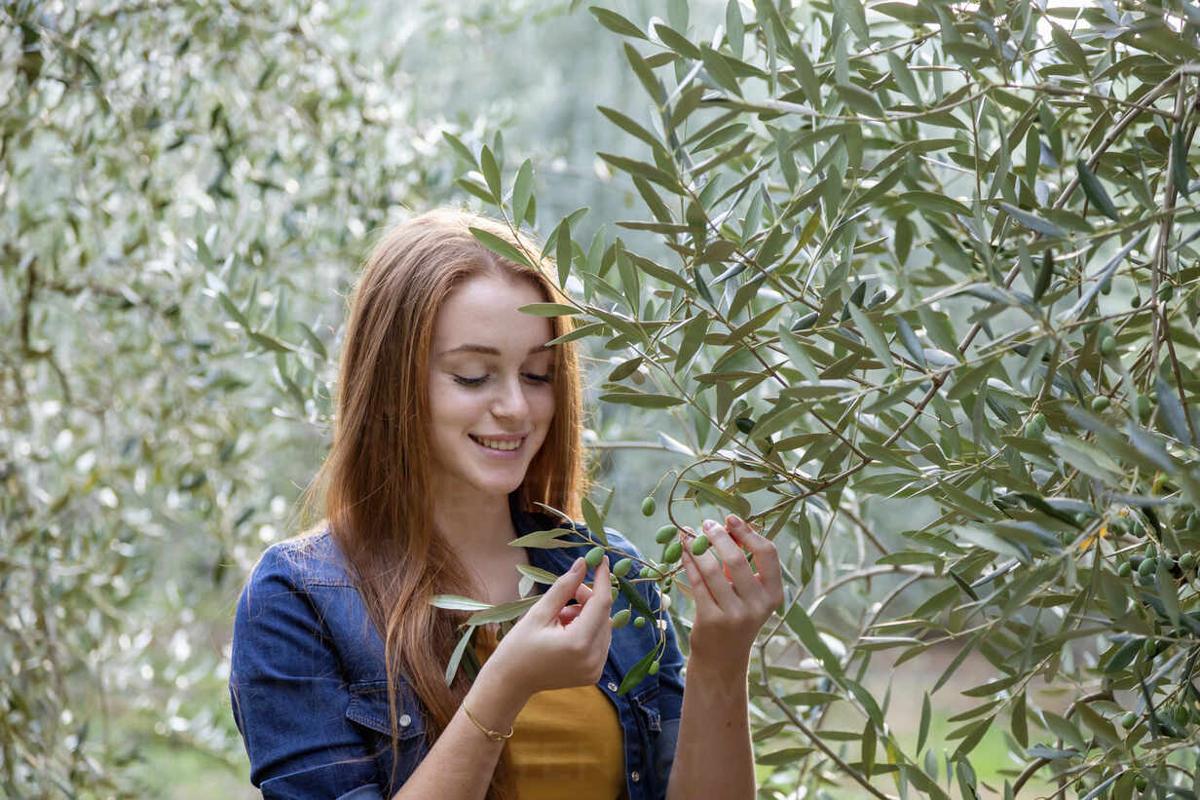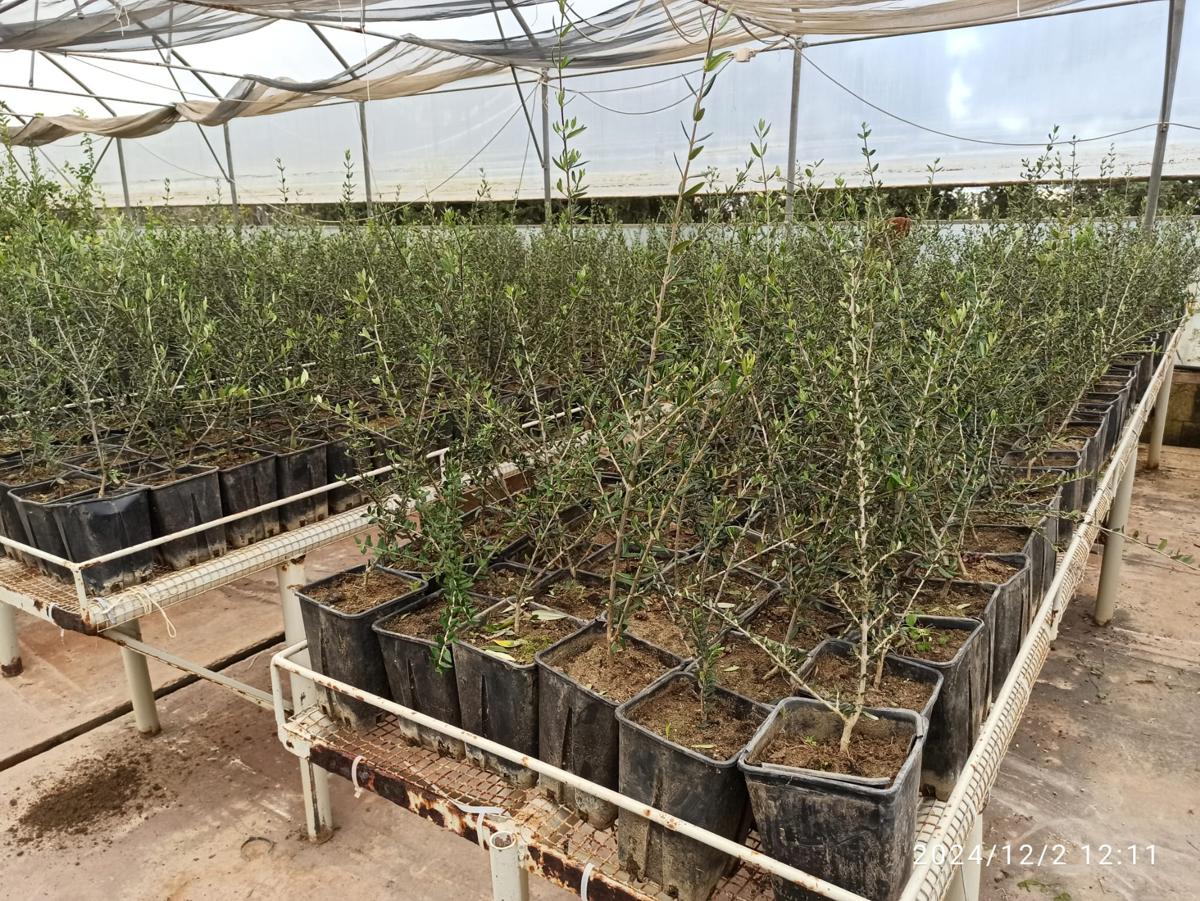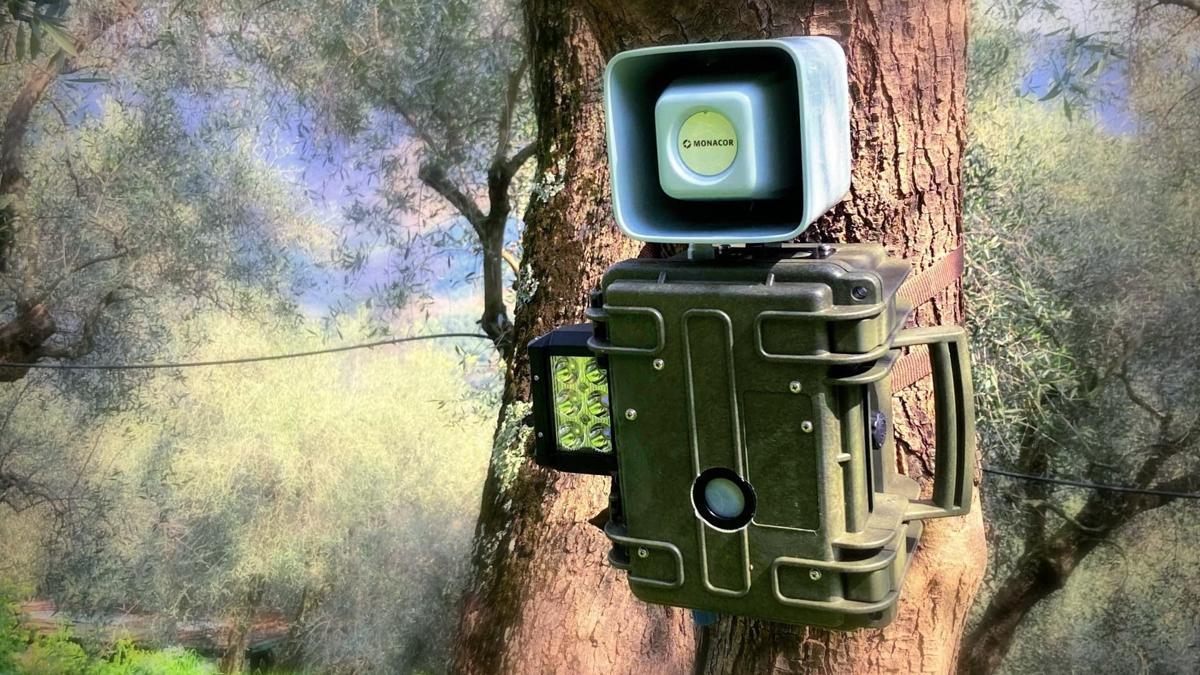
Liguria Project
April 12, 2025
Summary
The Liguria region in Italy is funding an experimental project to enhance olive farming using new technological architecture, including smart sensors and artificial intelligence. The project aims to provide growers with valuable insights and advice based on real-time soil and plant data, potentially revolutionizing productivity in traditional olive groves. The initiative also includes the use of large aerial drones to apply treatments to olive trees more sustainably and efficiently, with hopes of influencing Italian and European lawmakers to create regulations for drone use in agriculture.
The Liguria region in northwestern Italy is financing an 18-month experimental project to optimize olive farming through new technological architecture. Based on a network of smart sensors that detect real-time soil and plant conditions in olive orchards, the system will use artificial intelligence to interpret the data and provide growers with valuable insights and advice. Liguria is home to more than 740,000 olive trees and dozens of cultivars. The region’s flagship product is the highquality Riviera Ligure PDO (Protected Designation of Origin) extra virgin olive oil.
“This experiment is the result of a partnership among several local public and private entities involved in developing advanced technologies in engineering, IT and telecommunications,” Federico Tinivella, project leader at the publicly-owned Center for Agricultural Experimentation and Assistance (CeRSAA), told Olive Oil Times.
“They are all experts in sensor technologies and in enabling different sensors to communicate with each other,” he added.
According to the project’s promoters, some of the innovation lies in transferring to olive farming a range of technologies already used to monitor and improve the efficiency of industrial processes. These include familiar tools such as weather stations for tracking environmental conditions in the field, though others are more advanced.
“One smart thermometer is placed in an elevated position where it can read the infrared radiation of the olive tree canopy and detect leaf temperature,” Tinivella said. “That indirectly indicates the potential water stress the plant is experiencing.” Other sensors focus on soil conditions, analyzing the percentage of nutrients such as nitrogen, phosphorus and potassium.
“They also measure oxygen levels in the soil, which provide useful information, for example, to monitor the health of the tree’s root system,” Tinivella said. One sensor detects the amount of water on olive tree leaves. Another sensor being developed for the project focuses on identifying parasites, such as the olive fruit fly, and also serves as a smart trap.
“It will attract the fruit fly and will be able to identify it. Once the AI system has been trained, it will recognize the insect and alert us to its presence,” Tinivella said.
Other smart sensors are designed to track fungi presence and others to deter wild boars from entering the orchards.
Given the mountainous nature of the Ligurian landscape, many olive groves are located on terraces, which are constantly threatened by wild boars that dig up the orchards and damage the terrace walls.
“Essentially, it is a photo trap that detects the animals and emits loud, constantly varying sounds,” Tinivella said. “Since the sounds change every time they blast, the boars are unable to recognize them, making the noise an effective deterrent.”
Sensors on the trees help detect water stress and pest activity among other metrics.
Specific sensors also monitor air quality in the field, such as the presence and concentration of carbon dioxide. Others are being developed to detect and measure specific substances in the soil.

